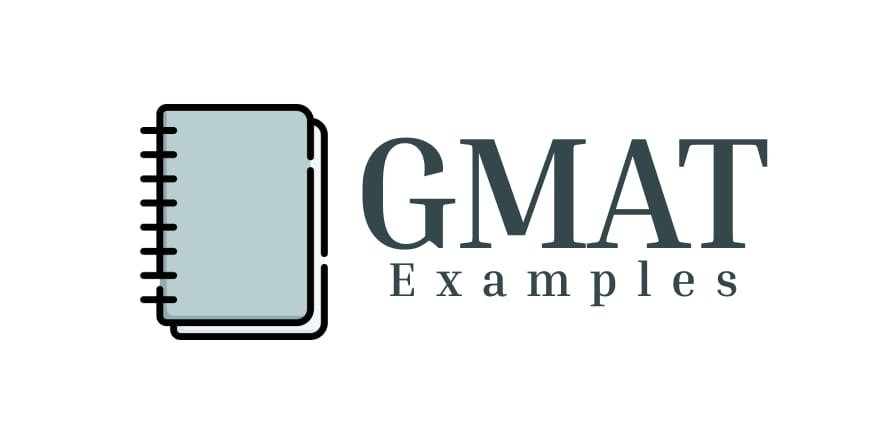Apparently, GMAT sentence correction accounts for ~40% of questions on the GMAT Exam Verbal Section. So, expect anywhere between 12-14 questions pertaining to sentence correction. From what I have explored till now, this has turned out to be a real challenge. GMAT sentence basics is a discussion about the basic structure of a sentence and the different components.
Sentence Basics & Concepts
The basic sentence is one that is complete in its own way and has a subject-verb pair with meaning. A verb or subject on its own cannot be a sentence on its own since the meaning will not be complete.
e.g. Rahul lives in Delhi is complete. ” Rahul lives and works in Delhi” are both complete sentences as the verb/subject are not present subjectively.
Similarly, the mapping between subject and verb can be multiple subjects mapping to a verb or the other way around. This is a case of many to one or one to many mapping.
Single Subject and Multiple Verb
e.g. Rahul lives in Delhi and works at Amazon. Single-subject and multiple verbs.
Multiple Subject and Single Verb
e.g. Rahul and Vikram live in Delhi.
We can also add additional information to the sentence and this comes in form of adjectives, modifiers etc. e.g. Rahul works at a multinational conglomerate, Amazon.
Modifiers modify either the subject or the verb. These are additional pieces of information that add extra context and information. e.g. Rahul, a big football fan, works at Amazon. “A big football fan” modifies the subject, Rahul, here.
Phrases & Clauses
Clauses are complete sentences of their own since they have both the subject and verb while phrases are incomplete on their own. To complete the phrase, you will need to combine it with other phrases or other clauses. This can be done using pronouns.
The most popular relative pronouns are who, that and which. These follow the subject, verb immediately and help add further context to the statement. That is also used as a connector for two different sentences but will not be describing the subject in that case.
- Who can be used to refer to people, humans?
- That and which can be used to relate to objects, items, activities.
These cannot be interchanged, using who for objects and that/which for humans is wrong.
To be continued …
